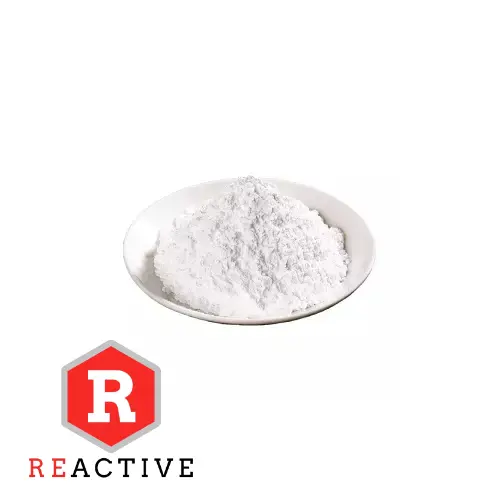Hebei Messi Biology Co., Ltd. said that another system using magnesium oxide as a catalyst is a system that uses Li-loaded magnesium oxide to catalyze the synthesis of biodiesel from vegetable oil and methanol. This is a particularly valuable topic related to the use of renewable energy sources from the perspective of the impending depletion of fossil fuel resources and the need to protect the natural environment. The basic component of biodiesel is fatty acid methyl ester, which is mainly derived from biological ingredients such as vegetable oil, animal fat and waste oil. Compared with traditional diesel, biodiesel is a biodegradable, non-toxic, and environmentally friendly fuel (the SOx and CO content in the exhaust gas it produces is relatively small).

The heterogeneous catalytic system Li/MgO involved in the experiment is mainly used for the transesterification reaction of methanol and soybean oil. Since Li can generate a strong base that is beneficial to promote the reaction during the reaction, when the molar ratio of lithium to magnesium oxide is 0.08, When the calcination temperature is 550°C, the yield of biodiesel is the highest, up to 93.9%. However, when the molar ratio of lithium to magnesium oxide exceeds 0.08, the conversion rate of biodiesel decreases. This is due to the excessive lithium ions forming LiOH at the same time, thus reducing the ratio. Surface area is reduced. Regardless of the leaching or polymerization of crystals in the first stage of the reaction, the catalyst activity can be completely deactivated. Therefore, we need to further optimize the synthesis process parameters of the catalyst so that it can be applied to the production of industrial biodiesel.
Recently, another project using magnesium oxide to catalyze the production of biodiesel is to synthesize an ultramicroporous solid alkali magnesium oxide/zirconia composite material (pore size 1-2 nm) through the evaporation-induced self-assembly (EISA) method and apply it In the transesterification reaction system of soybean oil and methanol. The nitrogen adsorption isotherm curve characterization results show that the specific surface area of the material exceeds 200m2/g. In this process, magnesium oxide not only provides alkali active sites, but also forms a stable tetragonal crystal phase solid solution by being incorporated into the ZrO2 crystal lattice. This A high catalytic activity MgO/ZrO2 composite material shows high catalytic activity in the transesterification reaction of soybean oil and methanol. When the catalytic temperature is 150°C, its biodiesel yield is as high as 99%.
Hebei Messi Biology Co., Ltd. stated that magnesium oxide has been widely used to catalyze a variety of reactions, and its size and shape have a significant impact on the activity and selectivity of the catalyst. The surface alkalinity and catalytic performance of magnesium oxide are closely related to the morphology of its nanoparticles. Current research work usually involves modifying the morphological and structural properties of magnesium oxide (surface area, pore volume and size, surface functional groups and active sites , crystallinity, particle shape and size, stability and durability), thereby improving its catalytic activity.

